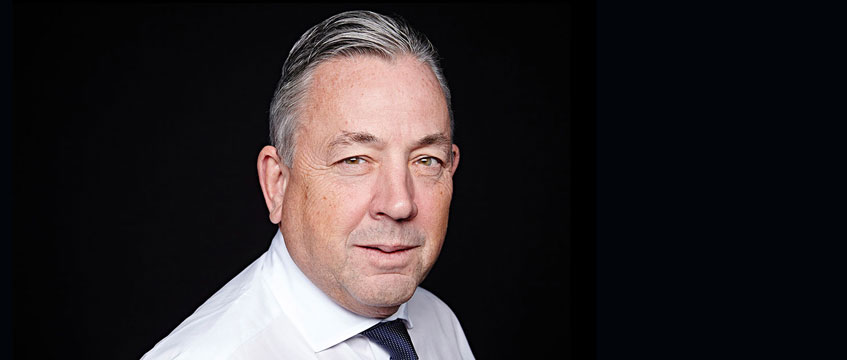Riding the international investment wave
COMMENT: It is February 2006 and I am definitely no longer playing rugby against the Japanese.
We are at the Icebergs restaurant overlooking Bondi Beach at 6.30pm, sipping vodka tonics and watching the last surfers at dusk. We are celebrating the acquisition of a €500m (£439m) German office portfolio for an Australian listed property trust.
I was there with Alistair Meadows, now head of life sciences at JLL, plus the chief executive of said major Australian property trust. The years since 1997 had seen the continuance of the expansion of overseas investment – not just into London but throughout most of the developed nations of the globe.
COMMENT: It is February 2006 and I am definitely no longer playing rugby against the Japanese.
We are at the Icebergs restaurant overlooking Bondi Beach at 6.30pm, sipping vodka tonics and watching the last surfers at dusk. We are celebrating the acquisition of a €500m (£439m) German office portfolio for an Australian listed property trust.
I was there with Alistair Meadows, now head of life sciences at JLL, plus the chief executive of said major Australian property trust. The years since 1997 had seen the continuance of the expansion of overseas investment – not just into London but throughout most of the developed nations of the globe.
We had just been involved in substantial investments in Germany, Italy and the Netherlands on behalf of the Australians. We were studying Japan, and global international investment was reaching its zenith.
Cross-border deal flow
It was a tumultuous beginning and end to this period of 10 years for me – at the beginning of the period I walked away from Richard Ellis and my positions on the boards and head of City, while at the end of the period I had become head of international investment and capital markets at DTZ.
My dear friend Taeko Oliver, head of Richard Ellis’s Japanese business, said to me in one of our last conversations together: “John, you should never have left Richard Ellis!” She may have been right but I was impetuous (still am apparently) and I wanted to ride the international investment wave and see where it took me.
Real estate had become much more sophisticated. Running my own business for the first seven years of the period meant that, when I joined DTZ, I was surprised how things had progressed. We weren’t just doing deals in London, we were doing deals between Australia and Japan, between Spain and France, between the UK and Germany and so on.
Analysis of deals had become as sophisticated as with other forms of investment and there was an abundance of data and process. When I walked into DTZ, I was shocked by the scale and advancement of the large competition – things had gone well in the small firm arena but had I known how far digital/data had progressed I am not sure I would have taken the jump to run my own small practice as I had in 1997.
The major American asset managers – Brookfield, Blackstone and BlackRock – were beginning to target London. Beacon had been in and out and by the mid 2000s was licking its wounds. The Japanese had been sellers at a loss. We had the growth during the period of “the wall of money” chasing London, fuelled by debt, debt and more debt.
Big is beautiful
The mergers and internationalisation of large agents had put them into a great position to take advantage of this global business. I realised, when I had my own smaller agency that, as a generalisation, in order to play in such heady international waters big was indeed beautiful.
As we cruised into 2006-7, property investment was awesome – what could possibly go wrong? The end of the period saw tumult of a less positive type, as I will describe in my next article.
In the meantime, in the words of the rock band with the greatest name of all time: “So here it is, Merry Xmas, everybody’s having fun, look to the future now… It’s only just begun.”
John Slade is director at Sladesco











